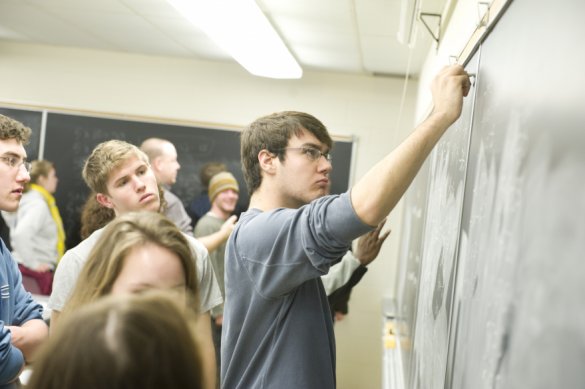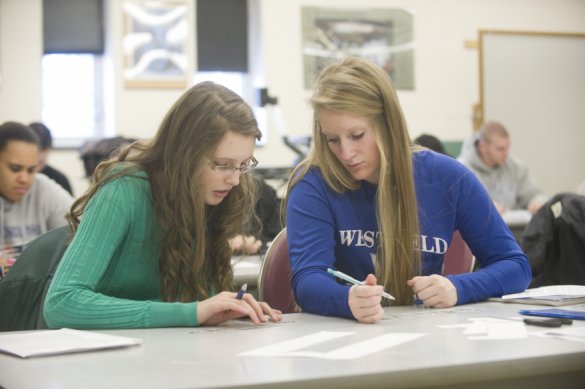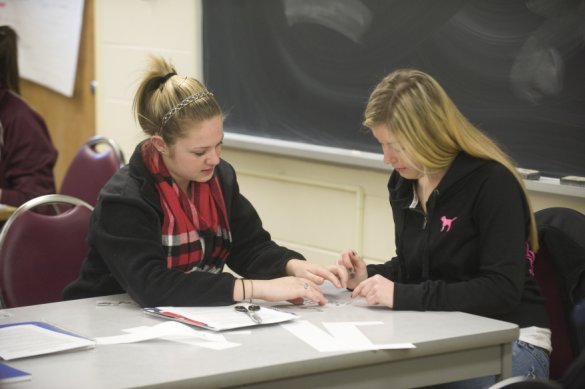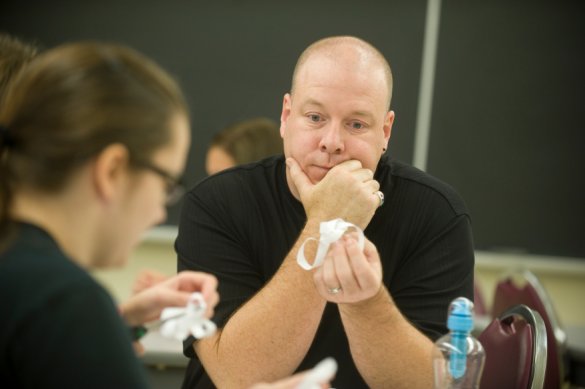Whole Class Discussions: Show of Hands
Students have been exploring the 3a+5b problem: Determine all possible values generated by the Diophantine equation 3a+5b when a,b≥0 (see the blog 3a+5b Proofs which contains a complete video of her explanation).
Even though the proof is still incomplete, I comment that the proof idea is beautiful. Next, I ask: Does it make sense to you? Are there questions? Normally I would give wait time here but since class is almost done, I use a show of hands to monitor understanding.




